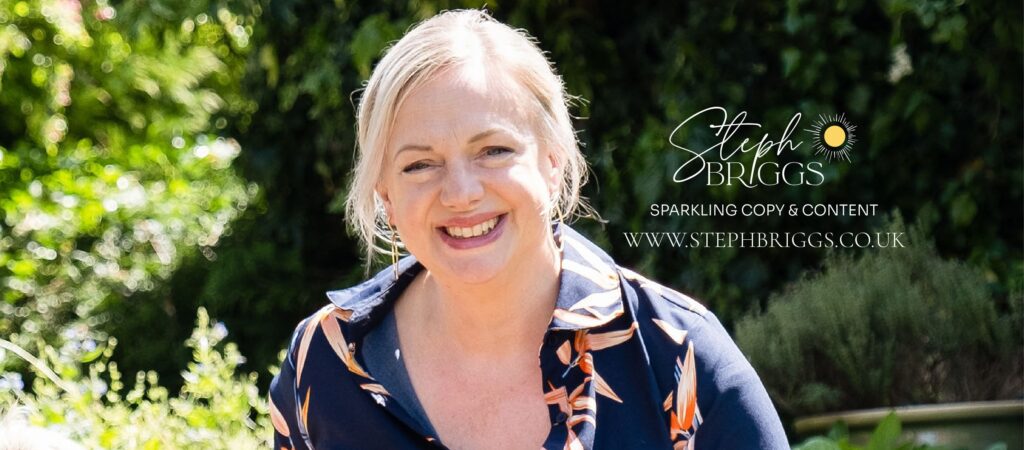Voice and Visual Search: The Future of SEO for Small Businesses

If you run a small business and rely on people finding you online, here’s a question worth asking:
Are your customers typing, talking… or tapping?
In 2025, online search isn’t just about keywords in a Google box. It’s about asking Alexa where to buy wedding gifts or using Google Lens to track down a handmade vase they saw in someone’s kitchen.
Voice and visual search are changing the way people shop, and if your website isn’t ready for it, you could be missing out on traffic and sales.
In this blog, we’re diving into what voice and visual search actually are, why they matter, and how you (yes, even as a super busy small business owner) can start optimising your website today.
What is Voice and Visual Search?
Voice and visual search aren’t just for techy types — your future customers are already using them.
Voice Search
Voice search allows users to perform internet searches by speaking aloud rather than typing. Increasingly popular on smartphones, smart speakers, and voice assistants like Siri, Alexa and Google Assistant, it’s a fast and convenient way for people to find information, products or services using natural, conversational language. For businesses, this means adapting content to match how people speak, not just how they type.
Think about how often you say things like:
- “Hey Google, where can I buy refillable cleaning products near me?”
- “What’s the best sunscreen for sensitive skin?”
Voice search is exactly what it sounds like — people speaking their search terms rather than typing them. It’s faster, hands-free, and increasingly common.
Visual Search
Visual search allows users to upload a photo or screenshot to find similar items online. Tools like Google Lens or Pinterest Lens scan the image and return shopping or search results.
Imagine someone sees a ceramic mug they love on Instagram, they screenshot it, search it visually, and boom: they’re shopping. Is your product showing up?
Why Small Businesses in the UK Should Care
You might be thinking:
“That’s all very fancy, but does it really matter for my shop, studio or small online business?”
Here’s the short answer: yes.
- 📈 Voice search is used by over 70% of consumers weekly
- 📷 Visual search is growing 3x faster than text-based search
- In 2024, over half of UK households were using a voice-enabled assistant regularly (Statista)
- Pinterest Lens alone sees over 600 million visual searches per month
- 🧠 People are searching differently – and if your site isn’t optimised, you’re not showing up
Let’s face it as a small business, you can’t afford to waste visibility. You need to be found in the moments people are ready to buy. In short: consumer behaviour is shifting fast and businesses that adapt early will be the ones that stand out.

How to Optimise for Voice and Visual Search (Without Losing Your Mind)
This doesn’t have to be technical or expensive. In fact, most of these tips are small tweaks that will make a big difference and many can be done in a weekend.
Top Tips for Voice Search Optimisation
- Write like people speak
Ditch the robot talk. Use conversational, natural language in your product descriptions, blogs and FAQs.
Instead of: “Hydrating serum suitable for all skin types”
Try: “Looking for a face serum that works on dry, sensitive skin? This one’s a game-changer.” - Answer real questions
Voice search often comes in the form of questions.
Add an FAQ section to your website with headings like:- “What’s the best soy candle for relaxation?”
- “Can I collect my order in person?”
- Use long-tail keywords
Focus on phrases, not just single words. For example:- “Vegan skincare gifts under £20”
- “Handmade pottery mugs UK”
- Make your site mobile-friendly
Voice searches mostly happen on mobile. Your site should be fast, clean, and easy to navigate.
Top Tips for Visual Search Optimisation
- Use high-quality images
Good lighting, clear backgrounds and multiple angles help your products stand out and improve searchability. - Name your image files clearly
Instead of: IMG_2948.jpg
Use: blue-ceramic-mug-handmade.jpg
This helps Google understand what your image is. - Write descriptive alt text
Alt text isn’t just for accessibility it’s also used by search engines.
Example: “Handmade blue textured ceramic mug in hands with chunky knitted jumper” - Add image-rich content
Include images in your blogs, product pages, and even FAQs. The more content you provide, the more search engines have to work with.

Don’t Let Big Brands Take All the Traffic
Big retailers have entire teams working on this stuff — but that doesn’t mean you’re out of the game. In fact, you’ve got an advantage.
As a small business, you can move quickly. You can write your own copy, upload better images, and test new things without endless meetings. A few smart changes could mean more eyes on your products and more sales.
Need a Hand?
If your website needs a bit of SEO love but you’re not sure where to start, you’re not alone. This is exactly the kind of stuff I help creative small businesses with every day — especially those on Shopify or WordPress.
Whether you want a quick audit, help with your product descriptions, or someone to just do the thing for you, I’ve got your back.
👉 Drop me a message or get in touch here
👉 Follow me on socials for more practical, no-jargon SEO advice
👉 Or ask a question on email – I love a good SEO chat
Voice and visual search aren’t the future.
They’re happening now and getting your business ready doesn’t have to be complicated. Let’s make sure your brilliant products and services are showing up in all the right places.

About the Author: Steph Briggs
Steph Briggs is a UK-based SEO specialist and digital marketing consultant with a passion for helping small businesses get seen (and sell more) online. With a background in ecommerce and a knack for translating techy jargon into plain English, Steph supports creative founders, makers and Shopify store owners with smart, sustainable strategies that actually work. When she’s not optimising websites or crafting sparkling content, you’ll find her hunting down good coffee or chasing Scottish sunsets.
If you’ve enjoyed reading this small business UK blog, have a look at: The Ultimate Guide to Hiring a Freelance Marketing Manager for Your Business
Related Posts
9 Game-Changing Free Shopify Apps (Plus 1 Paid Must-Have) That Will Skyrocket Your Store
8 Free Shopify Apps That Will Skyrocket Your UK Ecom Store in 2025 Along with a time saving paid essential and your first upgrade... Running a Shopify store can feel like...




